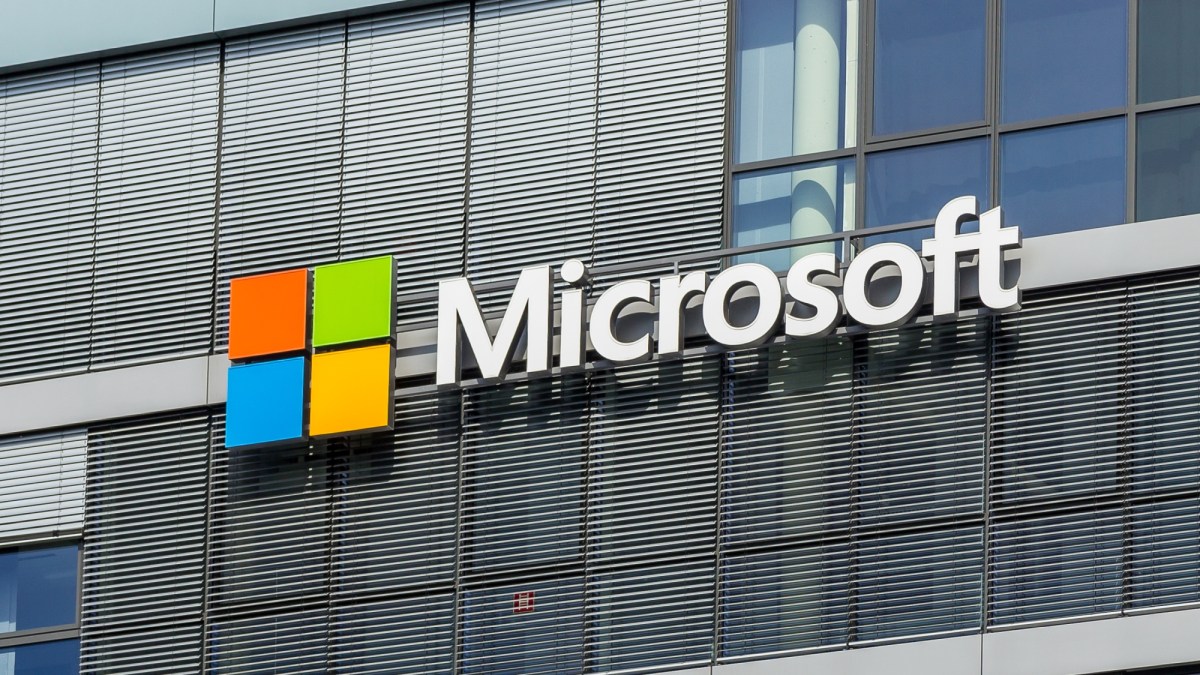Ernst & Young, Microsoft collaborate on digital vaccine management system

Georgia, Tennessee and Oklahoma are among the states that will distribute and schedule their COVID-19 vaccine reserves using a new digital vaccine management system announced Tuesday by Ernst & Young and Microsoft.
The system, built on Microsoft’s Azure cloud software and data analytics tools, is an end-to-end platform that’s accessible to state and local governments, as well as health care providers and vaccine manufacturers that communicate with public health agencies on a daily basis.
Those agencies can register and schedule patients for vaccine appointments and establish emergency command and response centers through the system if something goes wrong, like a vaccine freezer malfunctioning or an issue in the supply chain. Vaccine manufacturers and distributors, meanwhile, can view data about the storage capabilities and staffing of medical personnel to ensure that supplies are received and handled safely.
The system also provides public health offices with predictive analytical tools to forecast where vaccines have to be distributed prior to their arrival at the hospital or storage center, so that none are left to expire or administered out of order, Brad Duncan, the head of EY’s state, local and education practice, told StateScoop. The system also analyzes population and geographic data about residents that have taken the vaccine, enabling policymakers to see where their messaging and education efforts are working, he said.
Duncan said the project is an exercise in scaling digital systems to meet the needs of the nation’s mass vaccination effort. The Microsoft-EY announcement came a day after Google announced the creation of similar digital tools to be used by state and local governments still struggling to ramp up their vaccine programs.
“The infrastructure they had may have worked great for vaccinations for babies or a number of other things, but when you’re trying to think about the volume of people you’re having to get through and the time period you’re having to go through to do that, and the sense of urgency that exists in the public, that existing infrastructure does not work,” Duncan said.
States already had immunization registries and vaccine management systems in their public health networks before the pandemic, Duncan said. But those systems were not designed to track the entire population.
Only over the last several weeks — during which Duncan said he’d noticed some states using Microsoft Excel to track vaccinations — have public health officials come to terms with the scope of the task, he said. Even during the pandemic’s earlier surge last summer, Duncan said, some states believed their systems could scale up to meet the need of the coming COVID-19 vaccination efforts, despite the development of new contact-tracing and testing technologies developed solely to address the current crisis.
“States already had vaccine management systems and immunization registries, and in some cases, people believed they were going to be able to use their own infrastructure that existed and not have to go through and add something,” he said. “So I think that’s part of what you’re dealing with.”






